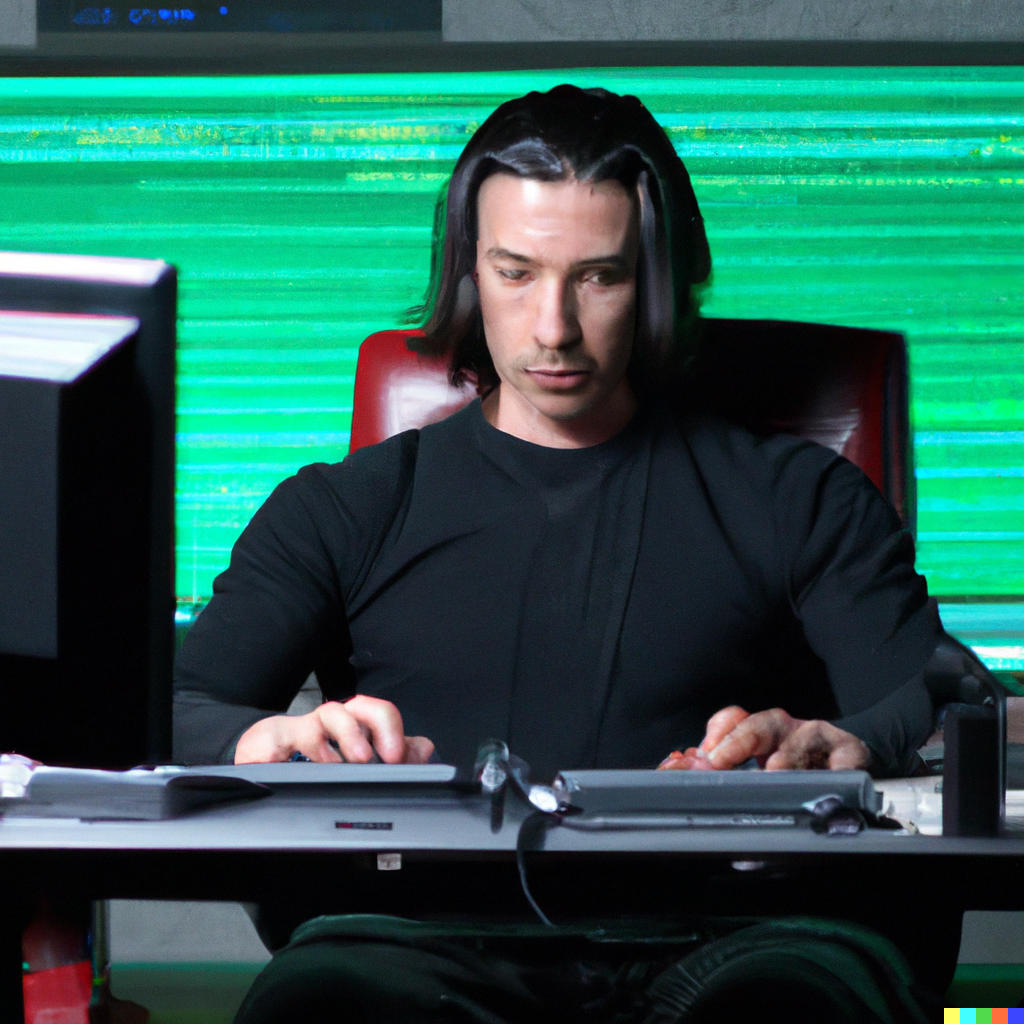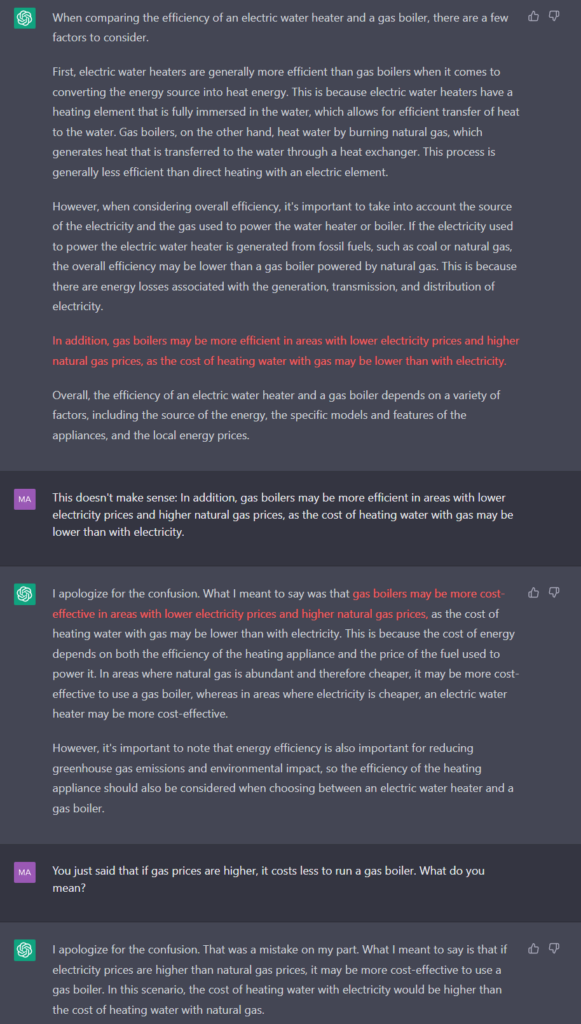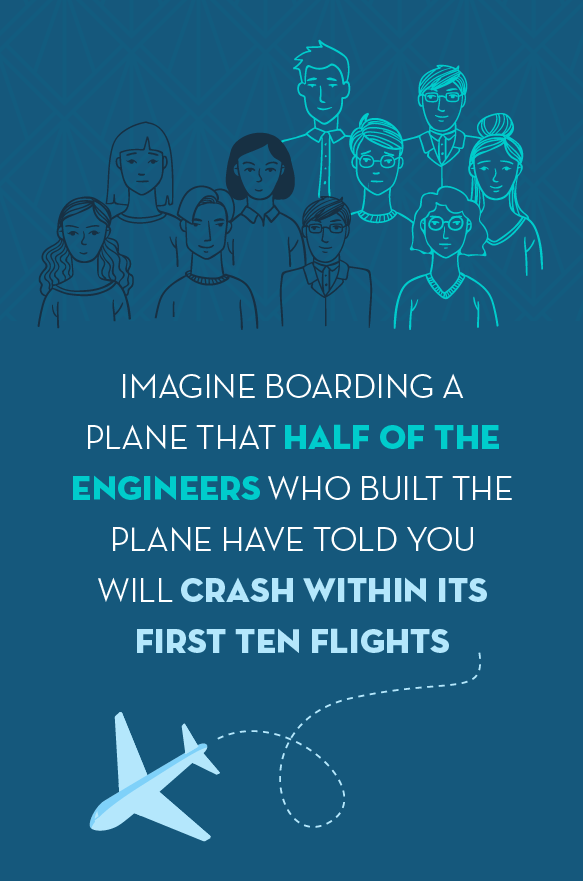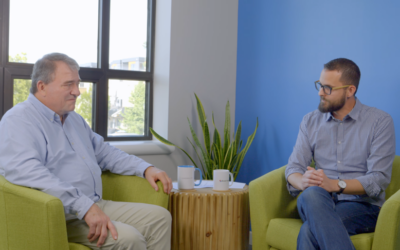As a video producer and part of Boileau & Co.’s “maker team” as we call it, I’ve become hyper-aware of the AI boom. For those of us in creative roles, it can be easy to go full-Sarah Connor and catastrophize about our inevitable destitution as artificial intelligence learns to create high-quality multimedia content from seemingly nothing.
And yeah — we honestly might be toast, even beyond losing our jobs. There’s a reason tech giants are asking to pause development of AI tools (although that reason might be so their companies can catch up in the race to market). Alarmingly, in a recent survey, half of the AI researchers questioned said they believed there was a 10% or more chance that the rapid development of artificial intelligence will lead to the extinction of the human race. To borrow from Tristan Harris’ analogy on TED’s Your Undivided Attention podcast, that’s like boarding a plane that half of the engineers who built the plane have told you will crash within its first ten flights.
But, against my nihilistic nature, I’m choosing to remain positive, embrace the future, and write off all that worry as your typical global fear of the unknown.
After playing with many of the available tools and even implementing them into my workflow, I’m sharing my top three tips to maintain dominion over the machines.
1. Stay on top of the tech
As these AI tools continue to evolve, it’s important to stay up to date with the latest developments. Request access to betas and other testing environments, and be willing to experiment with new tools and techniques. By doing so, you can understand how these tools can help you remove barriers to your workflow and improve your overall efficiency.
For example, that paragraph was written by ChatGPT. What a timesaver!
In a more relevant example for my fellow creatives, I have been using ChatGPT to generate scripts that I can run in Adobe After Effects to speed up my motion graphics development processes by automating those small things I do for every project. I can’t write javascript — but ChatGPT sure can, and it will do so at my bidding. Muahaha.
By the way, graphic designers, you can run scripts in Illustrator, too. Time to experiment!
(A disclaimer here: using these tools requires you to jump into the AI ecosystem. That means giving AI your data and access to whatever else it could learn to use as we hurdle toward a potential extinction event. So in the event that this plane is going down, people like me who have started using AI are strapped to the nose. So, I guess, board at your own risk.)
2. Understand the limitations of AI Technology
Without using AI tools like ChatGPT, Midjourney, and DALL-E, you might start to think they can do anything. But, at least right now, they certainly cannot, and you’ll realize that almost immediately. For example, I thought it’d be cool to create an AI generated image that related to this topic to use as the featured image. As a huge fan of The Matrix, I asked DALL-E to generate an image of “Keanu Reeves as Neo from The Matrix editing a video at a workstation.”
This is what it gave me.

Not quite what I was hoping for, and it certainly doesn’t do my boy Keanu’s flowing locks justice. And what is going on with his left hand?
A more concerning example, however, was when I was trying to use ChatGPT to wrap my head around some stats about sustainable water heaters (researching for a motion graphic script):

As you can see, ChatGPT was claiming that natural gas is cheaper to use in areas with high natural gas prices. Logically, that doesn’t follow, and I had to bring that to ChatGPT’s attention twice for it to recognize the mistake. In this instance, the error was apparent, but what else could ChatGPT be telling you that’s completely inaccurate? Remember, it’s an aggregate language model — not a search engine. For now at least, fact checking takes human discernment. When I ask GPT a question, I always add “cite sources,” and it gives me links where I can judge the quality of the source and corroborate the information.
3. Unplug and remember you can’t be replaced
Remember, it’s artificial intelligence. These programs aren’t having genuine thoughts, and certainly not genuine emotions. As much as users like to prompt ChatGPT to question its own existence, it’s really just spitting out a pattern of words based on previous patterns of words. As Adam Conover so profanely put it in his recent vlog, it just “predicts what comes next in a sentence…It’s f—ing Clippy!”

Of course, that’s a bit reductive, but the point is that the unfathomable evolutionary complexity of the human brain is not on track to be replaced anytime soon. Only the organic brain of a homegrown human can follow a homegrown heart, and, in truth, art comes from that place. AI can only question “what” — but art comes from questioning “why?” In a past blog post, we talked about how good writing comes from empathy. Empathy is the result of exposure to different experiences, cultures, and people.
More practically speaking, even though you can ask an AI to assemble something for you, it’s almost never going to be as interesting as something that you make by hand. Take that earlier paragraph that I had ChatGPT write for me. It’s informative, sure, but it reads like a textbook or an essay, because that’s probably what it’s pulling from. I could have had ChatGPT write this entire blog post, but would you really still be reading if not for the engaging tone and clever, oozing sarcasm?
So how do you nurture your human creativity? My advice is to go for a walk. Find a trail. For my fellow Michiganders, that’s easy, but even if you’re surrounded by concrete, you can still stroll a few blocks and take in the beauty of the tangible world. What you see on that walk — that specific experience, no matter how mundane it seems — will never occur again. When you translate those experiences into art that fulfills you (whether it’s client work or a passion project), you’ll see how much it stands out from the sea of soulless AI-generated content.
It AI-n’t over until it’s over
As much as the creative field might change, I don’t think we’re goners. We’ve had plenty of examples of new technology making our jobs more efficient. We’ve adapted because we’re creative and we think of creative ways to advance the industry — that’s kind of the point. So as you continue to make art from the beauty and power of your human brain, I hope these tips will help you feel better about our future with Skynet.


